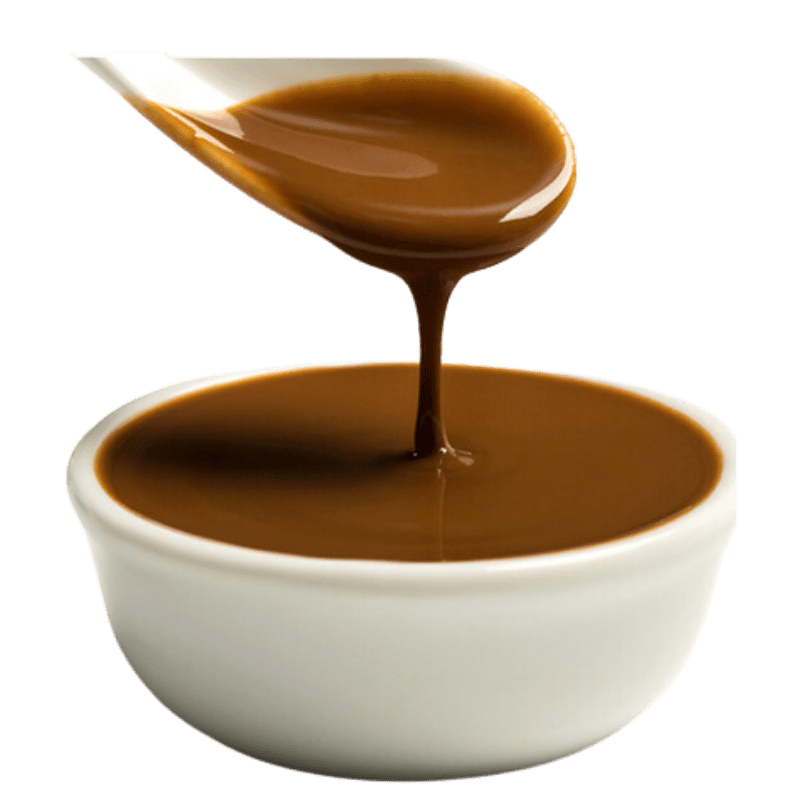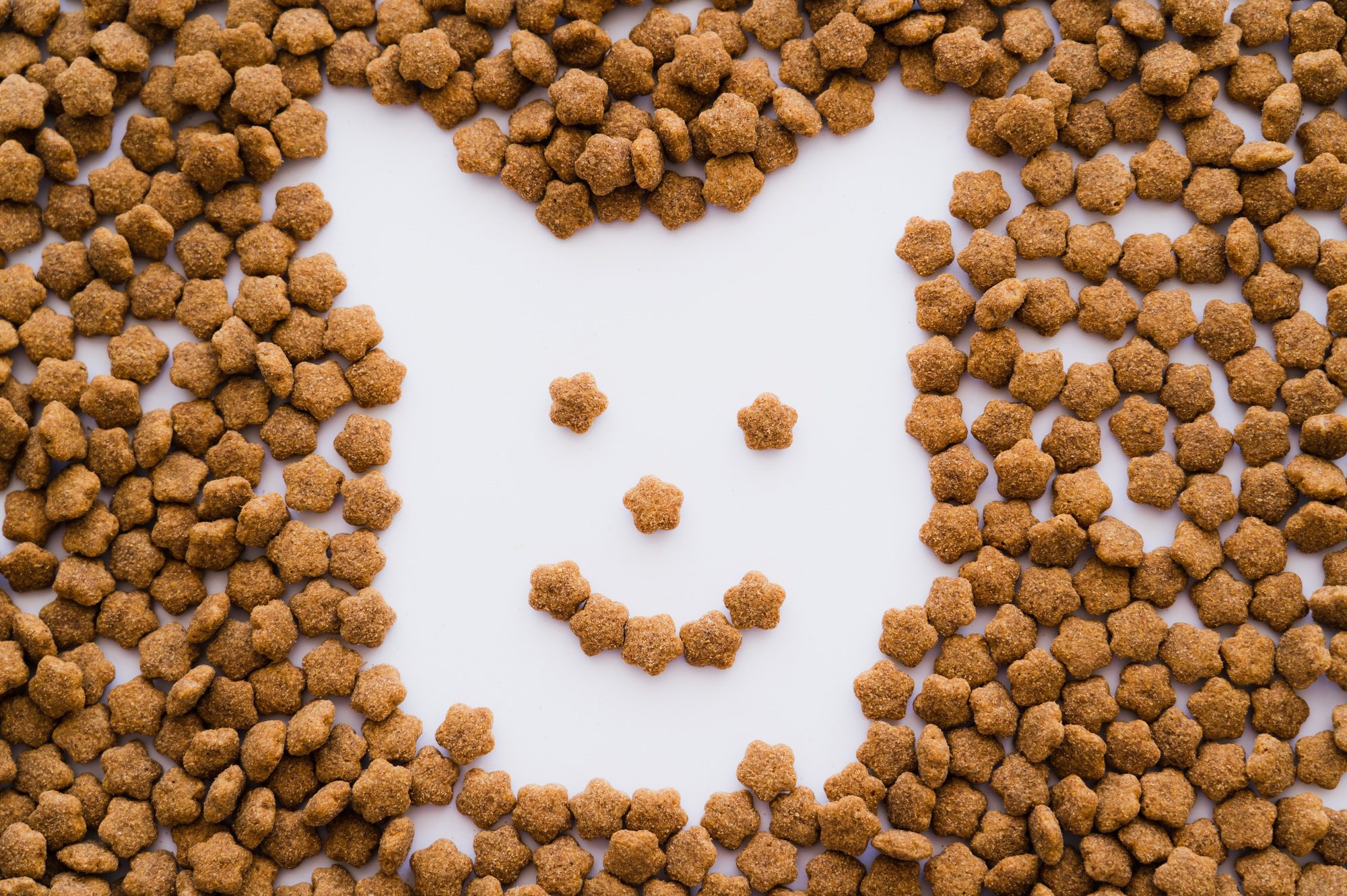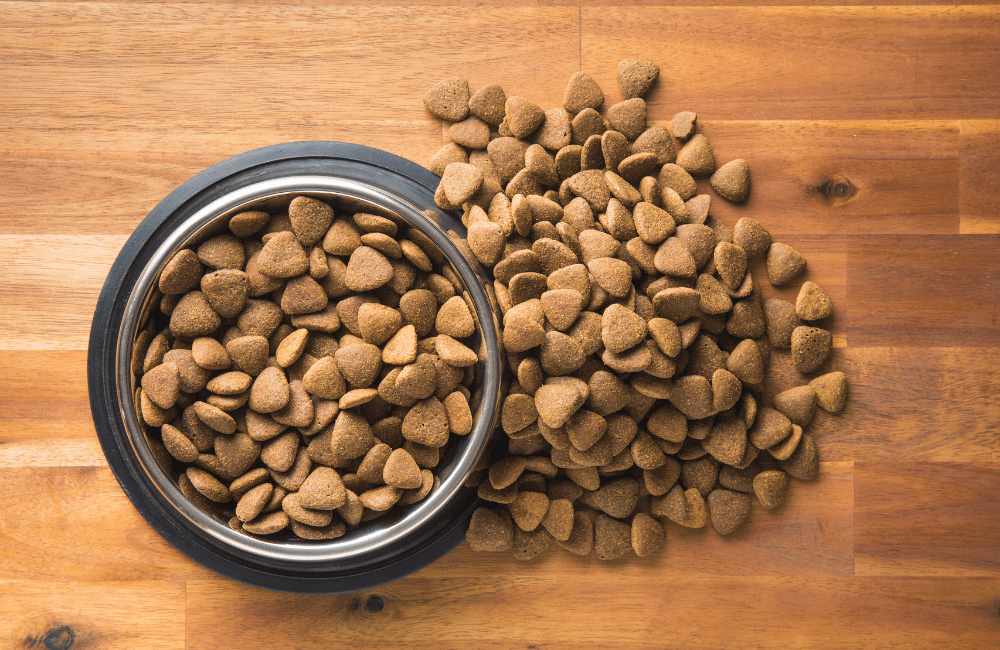Enhancing Palatability in Pet Food
Meta Description: Discover the science behind palatability enhancers in pet food. Learn how these additives can make your pet’s meals more enticing while ensuring their nutritional needs are met. Explore the latest research and expert insights.
Keywords: Palatability enhancers, pet food, pet nutrition, pet food additives, pet food palatability, pet food ingredients, pet diet, pet health.
Introduction
When it comes to our beloved pets, ensuring they receive the best nutrition is paramount. Yet, even the healthiest pet food can be rendered ineffective if your furry friend refuses to eat it. This is where palatability enhancers come into play. In this comprehensive guide, we’ll delve into the world of palatability enhancers in pet food, examining their role, impact, and the latest research in this field.
What are Palatability Enhancers in Pet Food?
Palatability enhancers, as the name suggests, are additives incorporated into pet food formulations to make them more appealing to animals. These additives can be natural or synthetic and are designed to stimulate your pet’s senses, enticing them to eat their meals with enthusiasm.

The Science Behind Palatability Enhancers
- Aroma Matters: A pet’s sense of smell is incredibly developed, often more so than their taste buds. Research from the American Journal of Veterinary Research suggests that aroma plays a crucial role in a pet’s food preference. Palatability enhancers often contain aromatic compounds that can make the food more enticing.
- Texture and Mouthfeel: Texture is another significant factor. A study published in the Journal of Animal Physiology and Animal Nutrition demonstrated that pets prefer foods with specific textures. Palatability enhancers can modify the texture and mouthfeel of pet food, making it more appealing.
Common Palatability Enhancers
- Animal-Derived Ingredients: Many palatability enhancers are sourced from animals, such as meat and bone meal, liver extracts, and fish oil. These ingredients contain natural flavors that are attractive to pets.
- Plant-Derived Ingredients: Plant-based additives like yeast extracts and hydrolyzed vegetable proteins are often used as palatability enhancers. These can add savory or umami flavors to pet food.
- Artificial Additives: Some pet food manufacturers use synthetic additives like monosodium glutamate (MSG) to enhance palatability. While these are safe in controlled amounts, it’s essential to be aware of their presence in your pet’s food.
Balancing Palatability and Nutrition
While palatability enhancers can make pet food more appealing, it’s crucial to strike a balance between taste and nutrition. A study in the Journal of Animal Science and Biotechnology found that overly palatable diets might lead to overeating and obesity in pets. Therefore, it’s essential to choose pet food that not only tastes good but also meets your pet’s nutritional needs.
The Role of Quality Ingredients
High-quality ingredients are the foundation of palatable pet food. Look for pet food brands that prioritize the use of real meat, whole grains, and natural flavors. Avoid products with excessive fillers and artificial additives.

Health Considerations
- Allergies and Sensitivities: Some pets may have food allergies or sensitivities to specific palatability enhancers. If your pet experiences digestive issues or allergies, consult with your veterinarian to identify potential culprits.
- Obesity: As mentioned earlier, overly palatable food can contribute to obesity in pets. Keep a close eye on portion sizes and consult with your vet for guidance on maintaining a healthy weight for your pet.
The Future of Palatability Enhancers
As pet nutrition science advances, so does our understanding of palatability enhancers. Researchers are continually exploring innovative ways to make pet food both nutritious and appealing. Recent studies published in the Journal of Animal Science have investigated the use of novel ingredients like insect protein and plant-based proteins as palatability enhancers.
Conclusion
Palatability enhancers play a crucial role in ensuring that your pet enjoys their meals. However, it’s essential to prioritize both taste and nutrition in your pet’s diet. By choosing high-quality pet food with natural, balanced palatability enhancers, you can keep your furry friend healthy, happy, and satisfied at mealtime.
Incorporating the latest research and expert insights, this guide has shed light on the world of palatability enhancers in pet food. As responsible pet owners, it’s our duty to provide our companions with the best possible nutrition and dining experience.













